4-Aminoisoquinoline
- CAS NO.:23687-25-4
- Empirical Formula: C9H8N2
- Molecular Weight: 144.17
- MDL number: MFCD00034752
- EINECS: 245-823-8
- SAFETY DATA SHEET (SDS)
- Update Date: 2024-01-25 16:49:20

What is 4-Aminoisoquinoline?
The Uses of 4-Aminoisoquinoline
4-Isoquinolylamine can be used for synthesis of Rho kinase inhibitors.
Synthesis Reference(s)
Journal of the American Chemical Society, 64, p. 783, 1942 DOI: 10.1021/ja01256a012
Solubility in organics
4-isoquinolamine (4-Aminoisoquinoline) is slightly soluble in water and more soluble in organic solvents such as ethanol, dimethylformamide and dichloromethane.
Properties of 4-Aminoisoquinoline
| Melting point: | 108.0 to 112.0 °C |
| Boiling point: | 360.0±17.0 °C(Predicted) |
| Density | 1.210±0.06 g/cm3(Predicted) |
| storage temp. | Keep in dark place,Inert atmosphere,Room temperature |
| solubility | soluble in Methanol |
| form | powder to crystal |
| pka | 6.29±0.10(Predicted) |
| color | White to Brown |
| InChI | InChI=1S/C9H8N2/c10-9-6-11-5-7-3-1-2-4-8(7)9/h1-6H,10H2 |
| CAS DataBase Reference | 23687-25-4(CAS DataBase Reference) |
Safety information for 4-Aminoisoquinoline
| Signal word | Warning |
| Pictogram(s) |
 Exclamation Mark Irritant GHS07 |
| GHS Hazard Statements |
H302:Acute toxicity,oral H319:Serious eye damage/eye irritation |
| Precautionary Statement Codes |
P305+P351+P338:IF IN EYES: Rinse cautiously with water for several minutes. Remove contact lenses, if present and easy to do. Continuerinsing. |
Computed Descriptors for 4-Aminoisoquinoline
| InChIKey | ISIUXVGHQFJYHM-UHFFFAOYSA-N |
| SMILES | C1C2=C(C=CC=C2)C(N)=CN=1 |
4-Aminoisoquinoline manufacturer
Dr. Silviu Pharmachem Pvt., Ltd.
1Y
Phone:+91-8390608382
Whatsapp: +91 8390608382
product: 4-Amino-isoquinoline 23687-25-4 98%
New Products
(S)-3-Aminobutanenitrile hydrochloride 4-Methylphenylacetic acid N-Boc-D-alaninol N-BOC-D/L-ALANINOL Tert-butyl bis(2-chloroethyl)carbamate 3-Morpholino-1-(4-nitrophenyl)-5,6-dihydropyridin- 2(1H)-one Furan-2,5-Dicarboxylic Acid Tropic acid S-2-CHLORO PROPIONIC ACID ETHYL ISOCYANOACETATE 2-Bromo-1,3-Bis(Dimethylamino)Trimethinium Hexafluorophosphate 4-IODO BENZOIC ACID 3-NITRO-2-METHYL ANILINE 1-(2,4-DICHLOROPHENYL) ETHANAMINE (2-Hydroxyphenyl)acetonitrile 4-Bromopyrazole 5,6-Dimethoxyindanone 2-(Cyanocyclohexyl)acetic acid 4-methoxy-3,5-dinitropyridine 1-(4-(aminomethyl)benzyl)urea hydrochloride 2-aminopropyl benzoate hydrochloride diethyl 2-(2-((tertbutoxycarbonyl)amino) ethyl)malonate tert-butyl 4- (ureidomethyl)benzylcarbamate Ethyl-2-chloro((4-methoxyphenyl)hydrazono)acetateRelated products of tetrahydrofuran
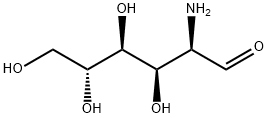
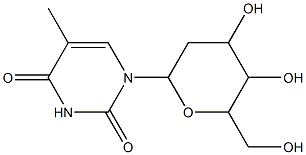
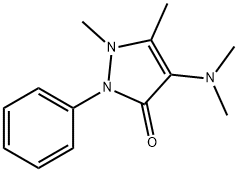


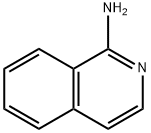
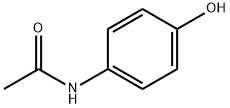

You may like
-
 23687-25-4 4-lsoquinolylamine 99%View Details
23687-25-4 4-lsoquinolylamine 99%View Details
23687-25-4 -
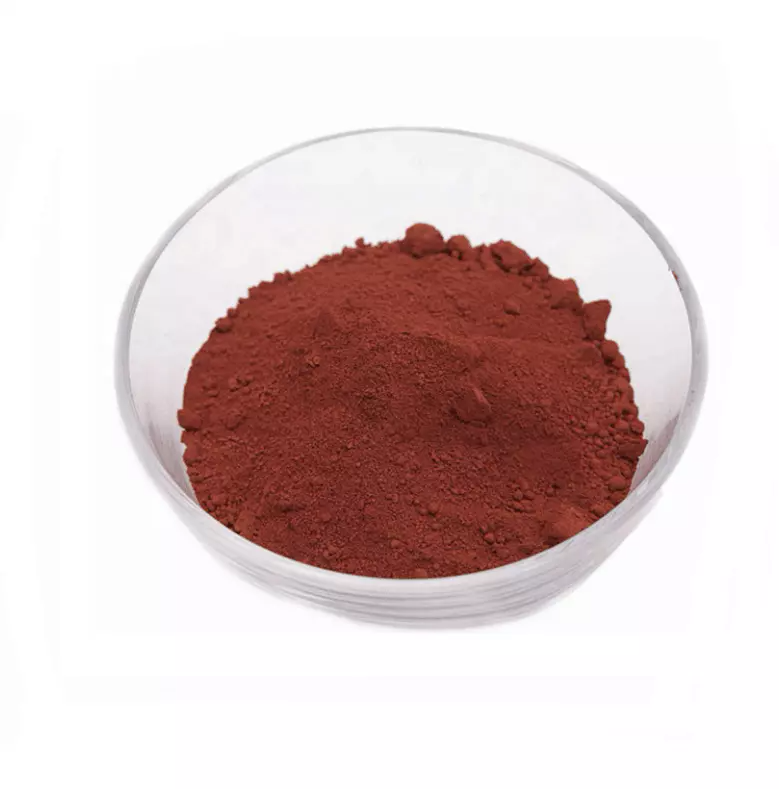 4-Aminoisoquinoline 98%View Details
4-Aminoisoquinoline 98%View Details -
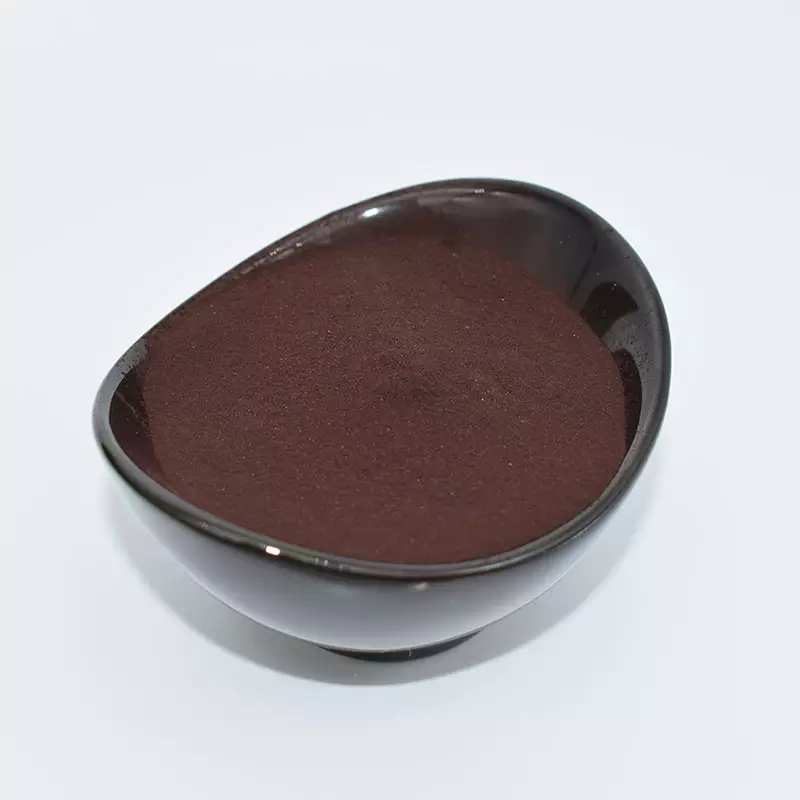 4-Aminoisoquinoline 98%View Details
4-Aminoisoquinoline 98%View Details
23687-25-4 -
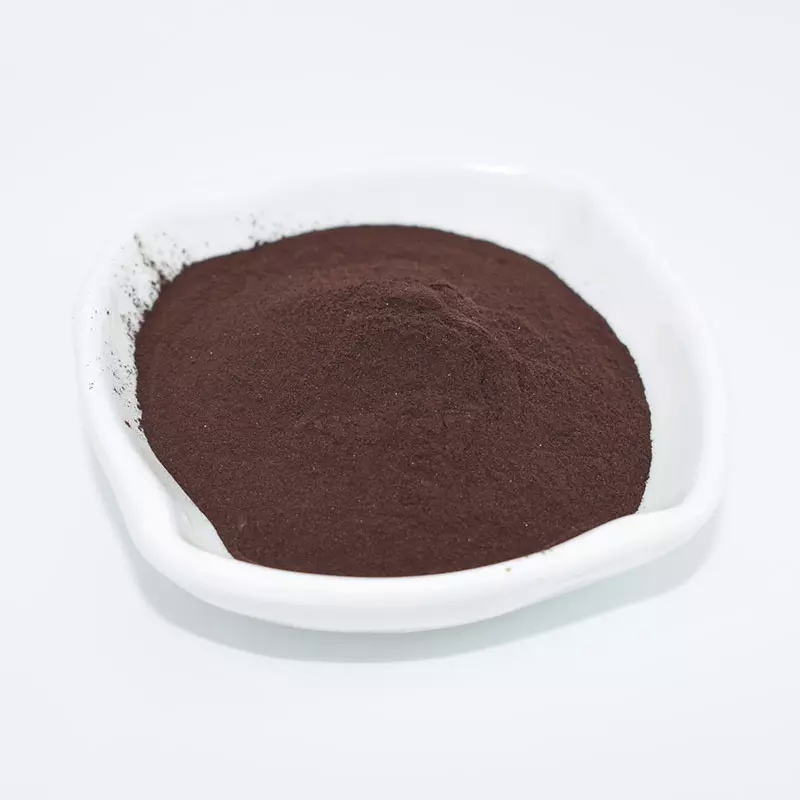 4-Amino-isoquinoline 23687-25-4 98%View Details
4-Amino-isoquinoline 23687-25-4 98%View Details
23687-25-4 -
 4-Aminoisoquinoline CAS 23687-25-4View Details
4-Aminoisoquinoline CAS 23687-25-4View Details
23687-25-4 -
 1975-50-4 98%View Details
1975-50-4 98%View Details
1975-50-4 -
 14714-50-2 (2-Hydroxyphenyl)acetonitrile 98+View Details
14714-50-2 (2-Hydroxyphenyl)acetonitrile 98+View Details
14714-50-2 -
 118753-70-1 98+View Details
118753-70-1 98+View Details
118753-70-1
Statement: All products displayed on this website are only used for non medical purposes such as industrial applications or scientific research, and cannot be used for clinical diagnosis or treatment of humans or animals. They are not medicinal or edible.